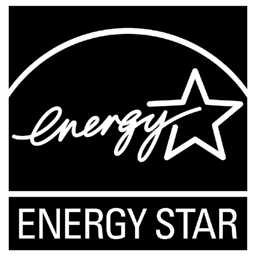Energy Efficiency Data
Energy-efficient windows and doors can help reduce your utility bills and make your home more comfortable. They also help our planet by minimizing environmental impact. Marvin and Integrity offer a variety of window and door options that help you achieve long-term performance and energy cost savings regardless of climate.
Question: What’s the first thing I need to know when it comes to windows and energy efficiency?
Answer: Replacing windows with energy-efficient ones can help reduce your utility bills but that’s not all. Choosing energy-efficient windows makes your home more comfortable, as their performance determines how much heat comes in and escapes out through the windows.
Question: How do I know if a window or a door is energy efficient?
Answer: Certification programs such as those administered by the National Fenestration Rating Council (NFRC) and ENERGY STAR provide ratings designed to indicate a window or door’s efficiency. Various performance ratings such as U-factor and Solar Heat Gain Coefficient measure a product’s effectiveness in insulating and blocking heat from the sun, among other things.
Defining Energy Efficiency
U-FACTOR:
Simply put, U-factor measures how well a window keeps heat inside your home. It’s a measure of total heat flow through a window or door from room air to outside air. Lower numbers indicate greater insulating capabilities. It’s a particularly important measure for climates with colder winters.
SOLAR HEAT GAIN:
If U-factor denotes how much heat leaves your home, the Solar Heat Gain Coefficient (SHGC) measures how much radiant heat enters your home. All you really need to remember is: The lower the number, the less heat a window lets in.
VISIBLE TRANSMITTANCE (VT):
The amount of visible light transferred through a window. Low E coatings can reject solar heat gain without reducing visible light to pass through the glass. A high VT is desirable to maximize daylight.


